Countertop washbasin: types and installation
For the kitchen and bathroom, you definitely need a sink with a worktop 100 cm or less. At the same time, such a combination can be in the form of a monolithic block, as in the top photo, or it will be an invoice, embedded or mortise version.
In addition, both countertops and sinks can be made from different materials, which will mean their difference in quality and cost, not to mention the color of the form and design. The following material will help you learn more about this, as well as the video in this article.
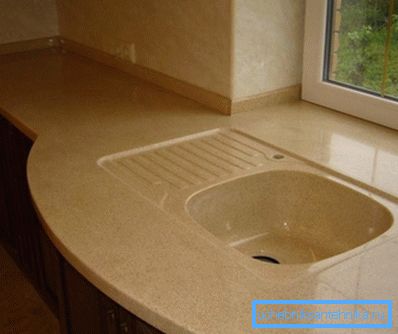
Materials
Sinks

One of the oldest materials from which vessels for washing were made can be called porcelain, and it is still used for this purpose, moreover, quite justifiably - due to its technical and decorative qualities, it is in great demand.
This ceramics has a very dense structure, therefore, it is not threatened with porous pollution, and the surface itself can be cleaned without any fear with abrasive detergents. However, porcelain bowls are quite fragile and are afraid of sharp blows, therefore, their transportation and operation should be carried out with a certain degree of caution.
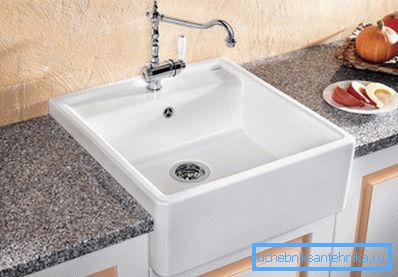
In the new state, the faience sinks are very similar to porcelain, despite the fact that the faience structure is very porous, but it is covered with glaze, which, in fact, gives it a mirror surface with a contrasting shade.
Due to the fact that the price of faience is much lower than porcelain, such sinks can often be found even with very good and expensive repairs - good, they are combined with countertops made of any materials - it all depends on the design.
But bowls made of such ceramics are quickly contaminated due to the porosity of the surface and they are even more fragile than porcelain products, moreover, the use of abrasive detergents is extremely undesirable when caring for them.
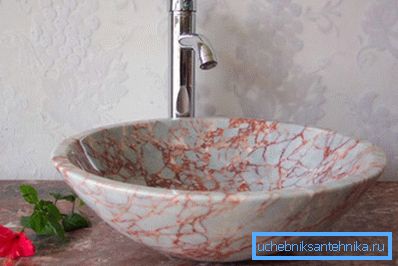
Granite chips are mixed with polymer additives (acrylic resins) and as a result an artificial stone is obtained, which is also called ceramic granite, tegranite, fragrant and the like - most often the name depends on the manufacturer.
Such products are extremely durable and shock-resistant, they are not afraid of sudden temperature changes (within reasonable limits) and care instructions allow the use of detergent abrasives.
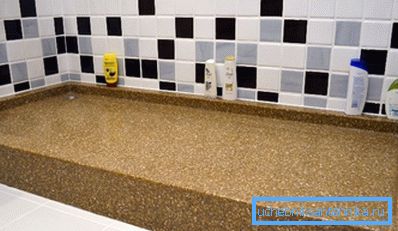
The same can be said about artificial marble - it is a mixture of marble chips with polymer additives, which as a result form a dense mass, which in its decorative qualities is no different from natural marble.
Marbles for such purposes were also used by patricians in ancient Rome, but such a stone is difficult to process, and it is extremely inconvenient to transport it because of its great weight. In addition, it has all the prerequisites for cracking under the influence of external factors, and artificial marble does not have this.
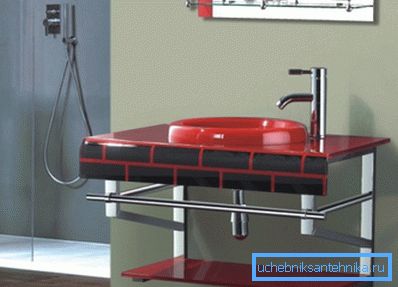
For large rooms, glass sinks are very well suited, which are usually combined with a uniform worktop, and their apparent fragility is very deceptive and gives the product its own charm.
Glass bowls are much stronger than ceramic, as there the glass components are mixed with special additives and the material is impact-resistant, at the same time, without losing its transparency.
The surface of such a sink is quite difficult to scratch, so it can be washed with abrasive detergents, especially given the fact that lime glass is quickly collected from water on the glass.
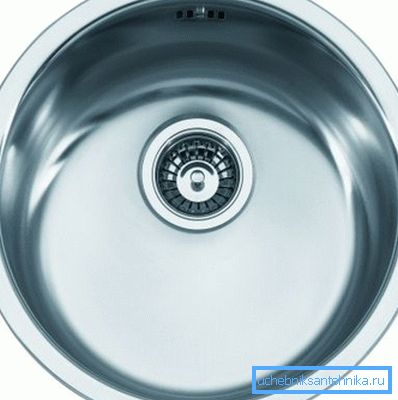
And, of course, steel, well-known to all sinks, which are easiest to install with your own hands on the countertop of any cabinet or to install on the cabinet, good, they do not fight and almost do not scratch. Such bowls, as a rule, are used for the kitchen, which is quite natural - they withstand the most severe temperature drops of any frequency and are washed with any household appliances.
Countertops
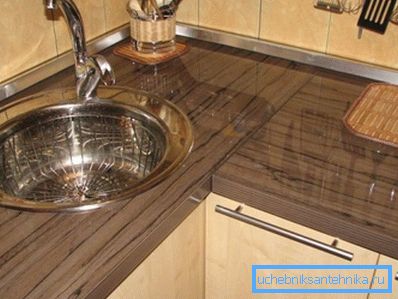
The most common product for the manufacture of tabletops is a chipboard with a plastic coating (see photo above), which in appearance can imitate a variety of natural and artificial materials - stone, marble, sand, wood and so on - everything depends on the pattern.
Moreover, such an option is very convenient when an independent insert of the sink into the tabletop is performed - in such cases, problems usually do not arise.
Note. In addition, light processing lends itself to solid-wood wooden countertops, but, despite various impregnations, wood does not properly cope with moisture, which will always fall to the surface in the kitchen or bathroom.
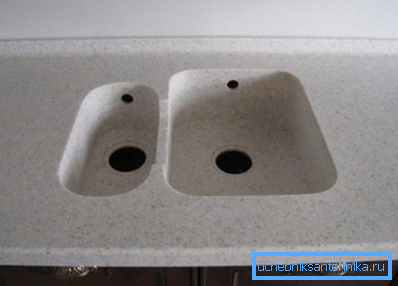
Also, such products can be made of natural stone or marble, but it is too expensive, and inserting a sink into such a tabletop is not an easy process.
But industry found a way out - granite or marble chips are mixed with polymers (acrylic) and artificial stone (granite) or marble is obtained, but it is much easier to process, costs less, and its appearance is much more attractive (even to the touch such slab is warmer ).
Installation
Note. We will talk about how to cut the sink into the countertop of chipboard. The same principle applies to artificial stone, but there are completely different cutting tools and for this it is better to invite an experienced specialist.
- So, the installation of the sink on the tabletop begins with the installation of the template, and, much better, if it is rigid, so that you do not cut the screen mark, but rested against the router in the template.
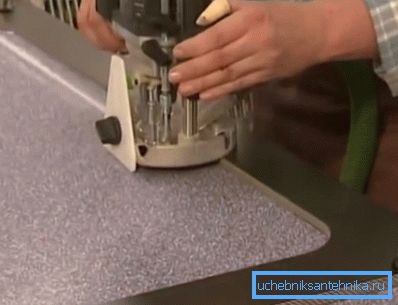
- Using a fixed template, cut out a hole with a router, however, this can also be done with an electric jigsaw, only you will not get a clear cut line.
- After the seat is cut, you need to remove sharp edges and for this purpose it is best to use a radius cutter - the bevel will turn out to be the same around the entire perimeter.
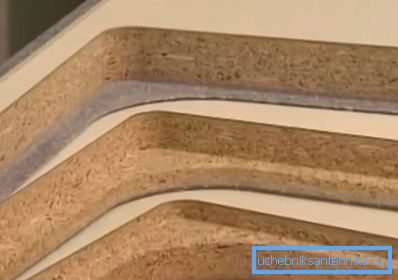
- Now you need to choose a groove from the bottom side and, as a rule, this is done in three steps using a router. After that, you need to manually grind the curves - the better the polishing - the higher the degree of gloss.

- When the remnants of the formation glue are removed and the grinding is completed, the edges of the shell are rubbed with isopropyl alcohol or white spirit. On the underside of the groove, a strip of polymer glue is applied on the basis of the modified silane and a shell is placed there.

- When the sink is installed on the adhesive base, it is pressed with clamps, which are tightened by hand, but between the clip and the bowl, be sure to insert gaskets (possible from the remaining piece of the table top).
- When you fix the bowl, fill it with epoxy resin to stabilize. Clamps will be removed after 12 hours, and the glued joint closed with aluminum tape.
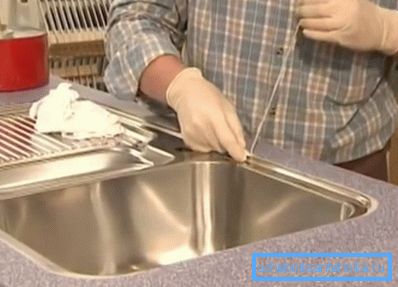
- Unfold the countertop with the sink face down and gently remove any glue residue.. Put the countertop on the cabinet, screw the siphon to the sink and connect it to the sewer.
Conclusion
As you can see, installing the sink in the countertop, and from the bottom side, is not such a difficult thing, if you have the right tool. You can do all this by yourself if you follow the guidelines given above.
Successes!